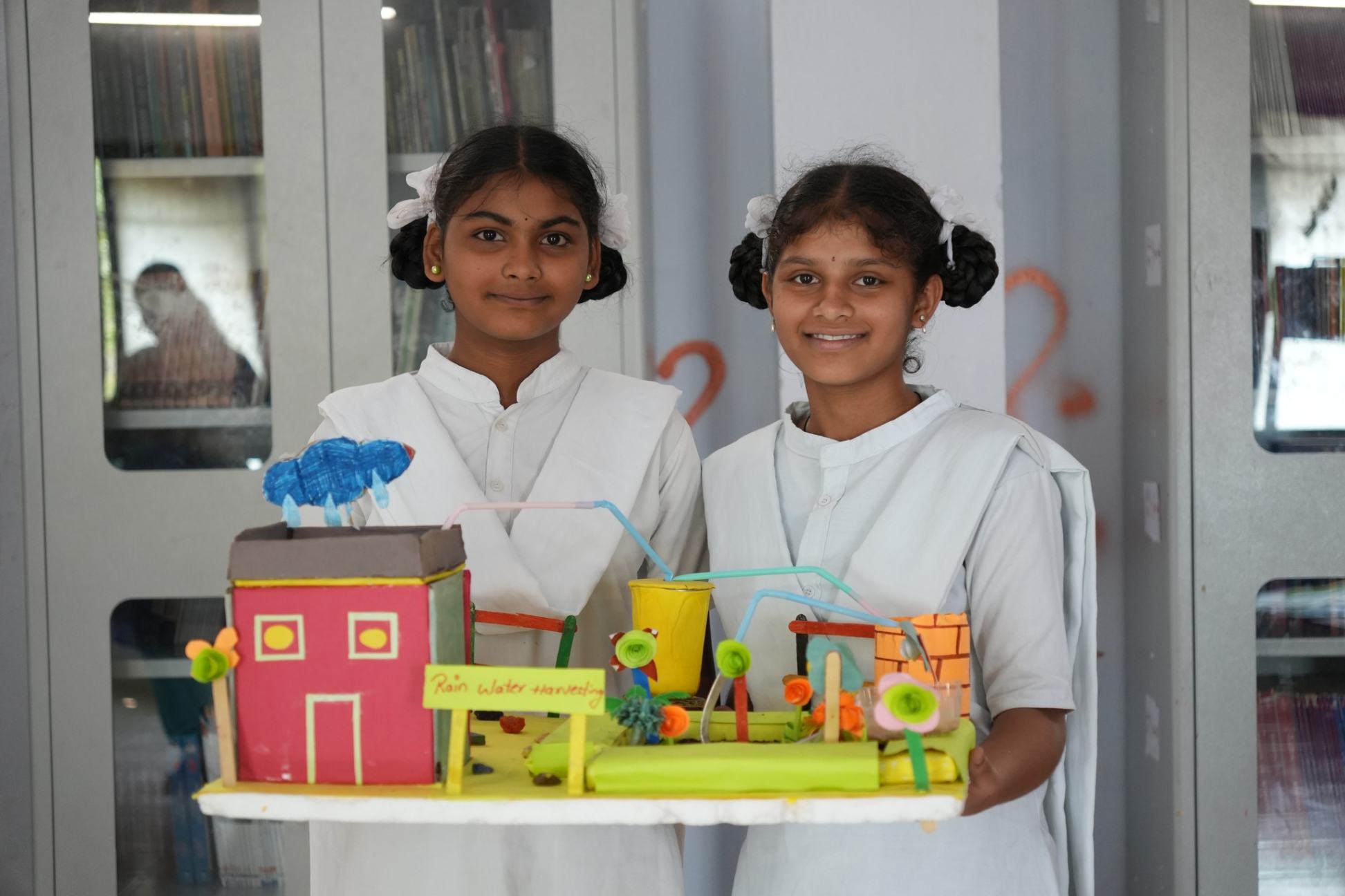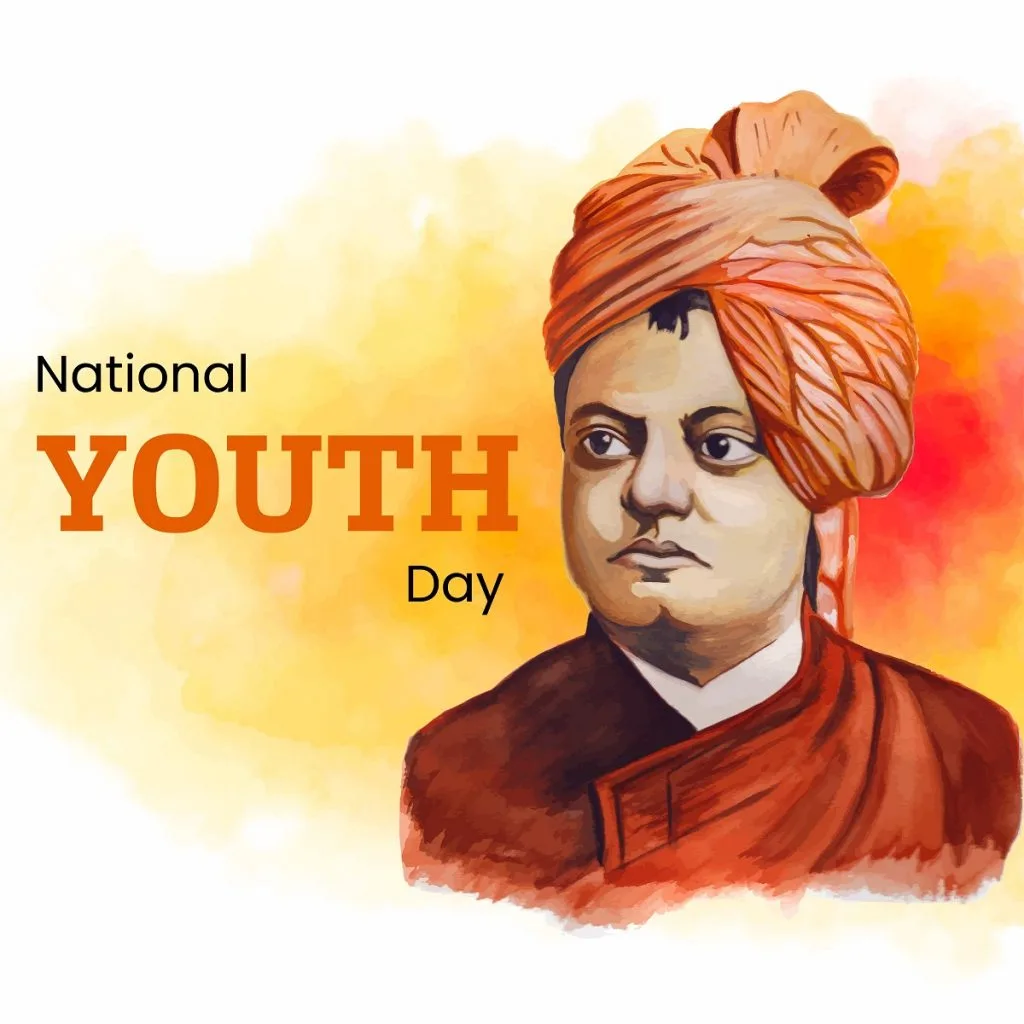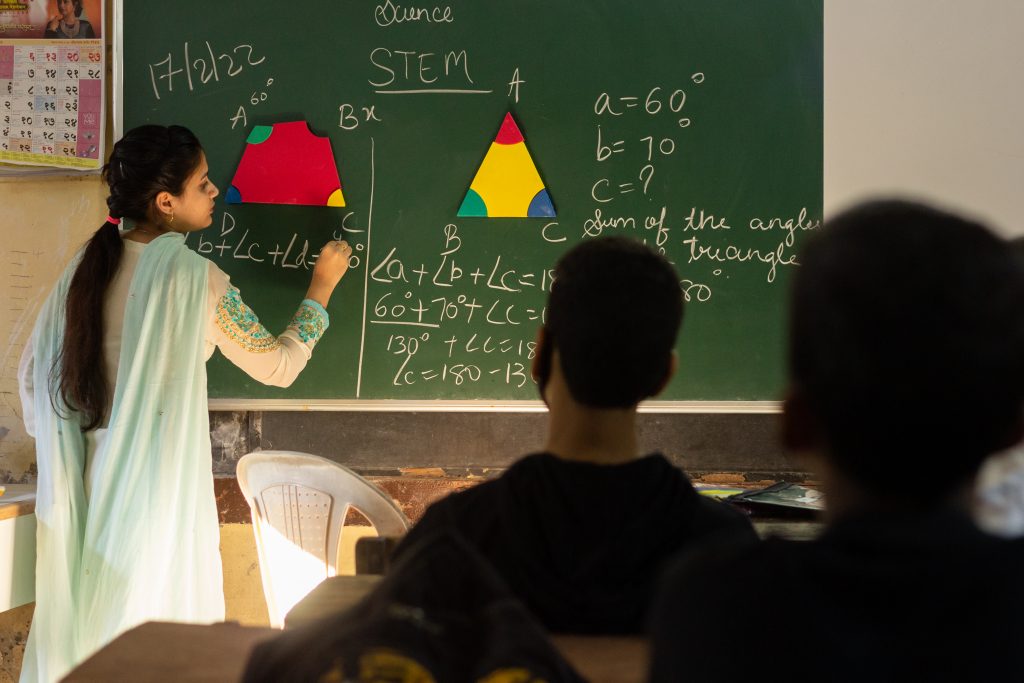STEM education—Science, Technology, Engineering, and Mathematics—plays a critical role in shaping the future of any nation. In India, equity in STEM education is essential for the country to harness its demographic dividend and ensure inclusive growth. Despite significant advancements in various sectors, India faces substantial challenges in providing equitable access to quality STEM education. Addressing these challenges requires a multifaceted approach involving policy interventions, community engagement, and innovative educational practices.
The Importance of STEM Education
STEM education is vital for developing a skilled workforce capable of driving technological innovation and economic growth. It equips students with critical thinking, problem-solving and analytical skills, important in our evolving job market. Moreover, a strong foundation in STEM needs to be there to address global challenges such as climate change, healthcare and sustainable development.
In India, the demand for STEM professionals is rising, driven by the burgeoning tech industry of the country and its position as a global IT hub. However, the current education system often fails to provide equitable opportunities for all students, particularly those from marginalised communities.
Barriers to Equity in STEM Education
Socio-Economic Disparities
Socio-economic disparities significantly impact access to quality education in India. Students from low-income families often attend poorly equipped schools with limited resources and inadequate infrastructure. These schools lack trained teachers, laboratories and important learning materials, hindering the ability of students to pursue STEM subjects effectively.
Gender Inequality
Gender inequality remains a significant barrier to STEM education in India. Cultural and societal norms often discourage girls from pursuing careers in science and technology. According to UNESCO, women represent only 30% of the world’s researchers. In India, the participation of women in STEM fields is even lower, exacerbated by a lack of female role models and mentors in these areas.
Geographic Disparities
Geographic disparities contributes significantly towards STEM education inequity. Rural areas, which constitute a large portion of India, often lack access to quality education. Schools in these regions face chronic shortages of qualified teachers, laboratories and digital resources, making it challenging to provide effective STEM education.
Lack of Inclusive Curriculum
The existing curriculum often fails to cater to diverse learning needs and does not reflect the lived experiences of students from different backgrounds. An inclusive curriculum that acknowledges and integrates cultural and social diversity can significantly enhance student engagement and learning outcomes.
Strategies for Creating Equity in STEM Education
Policy Interventions
The government plays a pivotal role in promoting equity in STEM education. Policies aimed at improving school infrastructure, providing scholarships and enhancing teacher training can make a significant difference. The National Education Policy (NEP) 2020 emphasises the importance of STEM education and aims to make it more accessible and inclusive. Implementing such policies effectively requires robust monitoring and evaluation mechanisms.
Community Engagement
Community engagement creates a supportive environment for STEM education. Local communities can encourage students, especially girls, to pursue STEM subjects. Community-based programmes and initiatives can help bridge the gap between schools and families, ensuring that students receive the necessary support and encouragement.
Innovative Educational Practices
Adopting innovative educational practices can enhance STEM learning and make it more accessible. For example, experiential learning through hands-on activities, science fairs and project-based learning can make STEM subjects more engaging and relevant to the lives of students. Additionally, integrating technology in education, such as online learning platforms and digital labs, can overcome geographical barriers and provide students with access to quality STEM education.
Mentorship and Role Models
Mentorship programmes can significantly impact the interest of students and persistence in STEM fields. Connecting students with mentors and role models from diverse backgrounds can provide guidance, inspiration and encouragement. Women in STEM, in particular, can benefit from female mentors who can help navigate the challenges of pursuing careers in traditionally male-dominated fields.
Inclusive Curriculum Development
Developing an inclusive curriculum that reflects the diversity of students’ experiences and backgrounds is important. Incorporating local knowledge, cultural contexts and real-world applications can make STEM education more relevant and engaging. Additionally, using multiple languages and providing learning materials in vernacular languages can enhance understanding and inclusivity.
Success Stories and Initiatives creating Equity in STEM
Several initiatives in India are making significant strides in promoting equity in STEM education. For instance, the Atal Innovation Mission (AIM) by NITI Aayog aims to foster innovation and entrepreneurship among students by establishing Atal Tinkering Labs (ATL) in schools across the country. These labs provide students with access to modern tools and technologies, encouraging hands-on learning and creativity.
Another notable initiative is the ‘Teach for India’ programme, which recruits and trains graduates to teach in under-resourced schools. By placing motivated and well-trained teachers in these schools, the programme aims to improve the quality of education and inspire students to pursue STEM subjects.
Smile Foundation is also making commendable efforts to promote STEM education among underserved children. Through its initiative, the foundation provides children from low-income families with access to quality STEM education, aiming to bridge the gender gap in these fields. The programme includes hands-on learning experiences, mentorship opportunities and exposure to STEM careers, empowering children, especially girls, to pursue their interests and excel in STEM disciplines.
Complex but necessary
Creating equity in STEM education in India is a complex but necessary endeavour. By addressing socio-economic, gender and geographic disparities, and adopting inclusive educational practices, India can ensure that all students have the opportunity to excel in STEM fields. This, in turn, will contribute to the economic growth of the country, technological advancement and social development. The path to equity in STEM education requires collaboration between the government, educators, communities and organisations, but the potential rewards are immense—transforming lives and shaping a brighter future for India.










